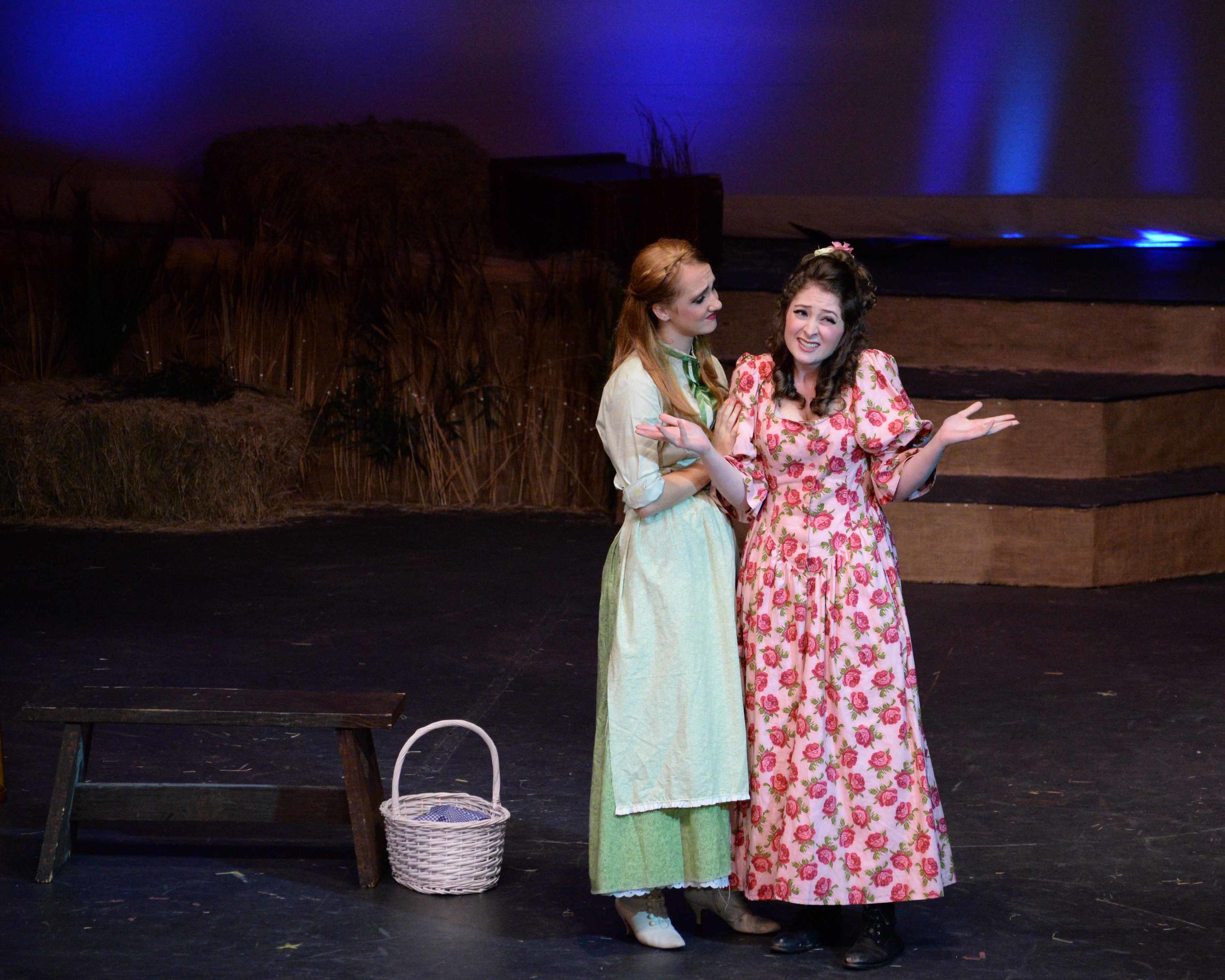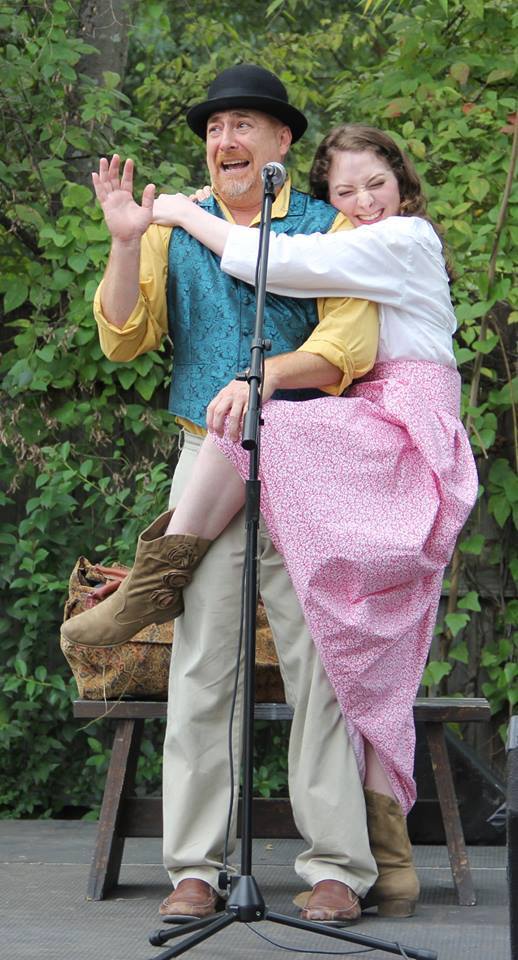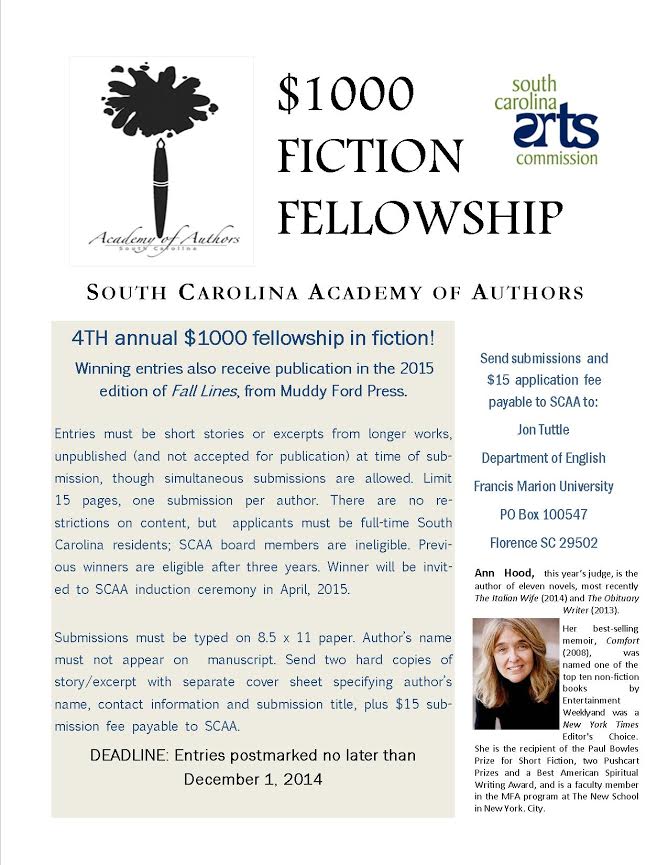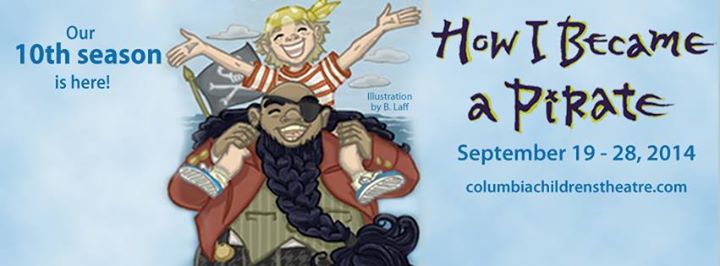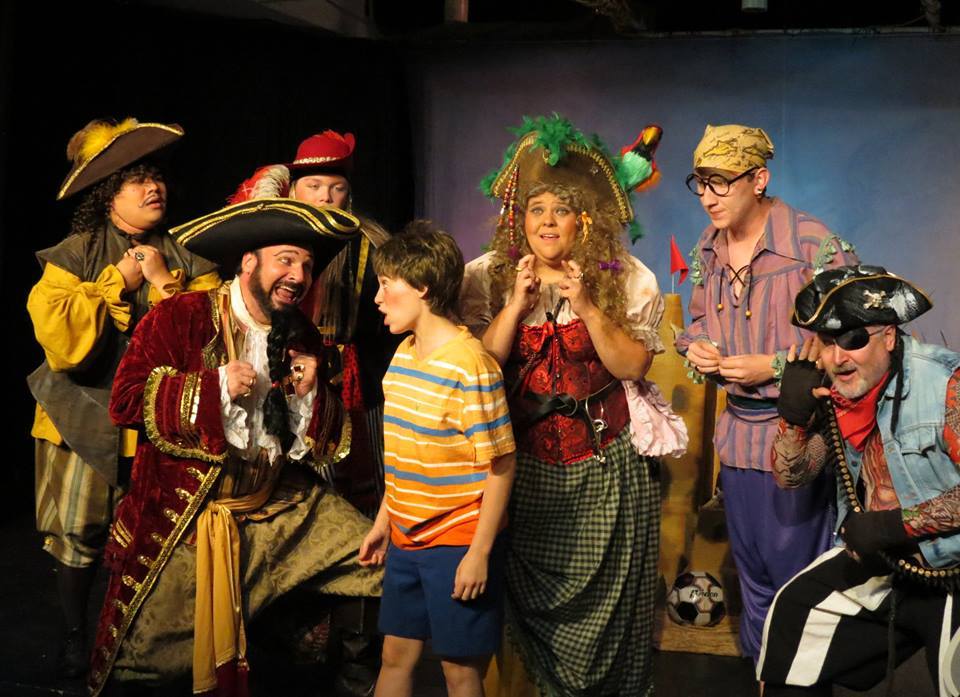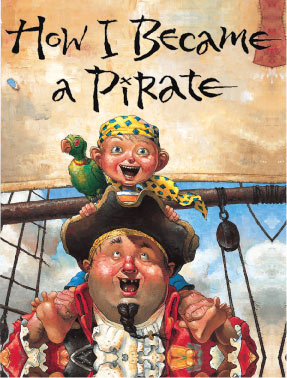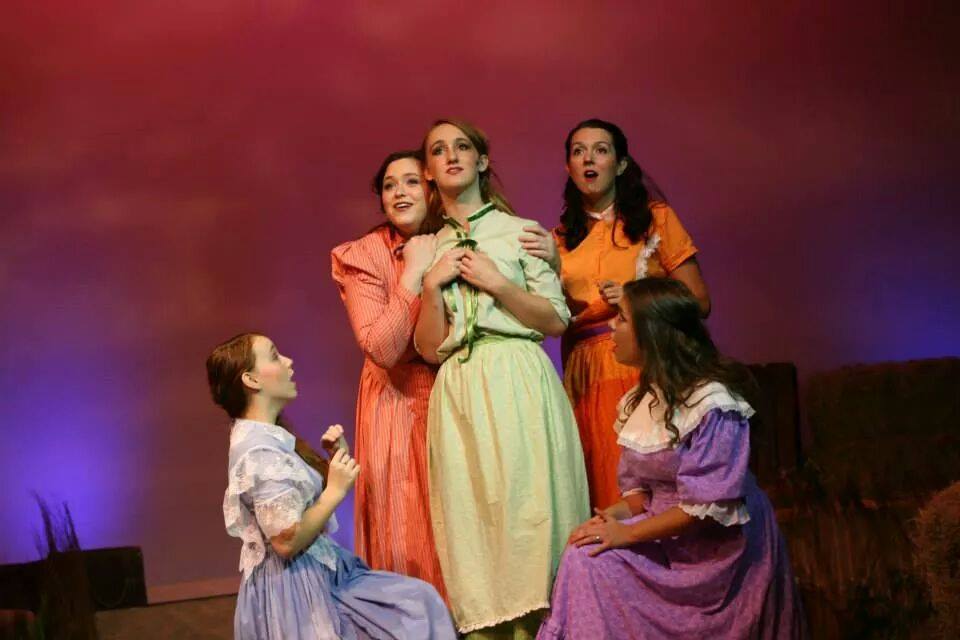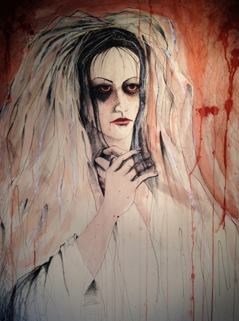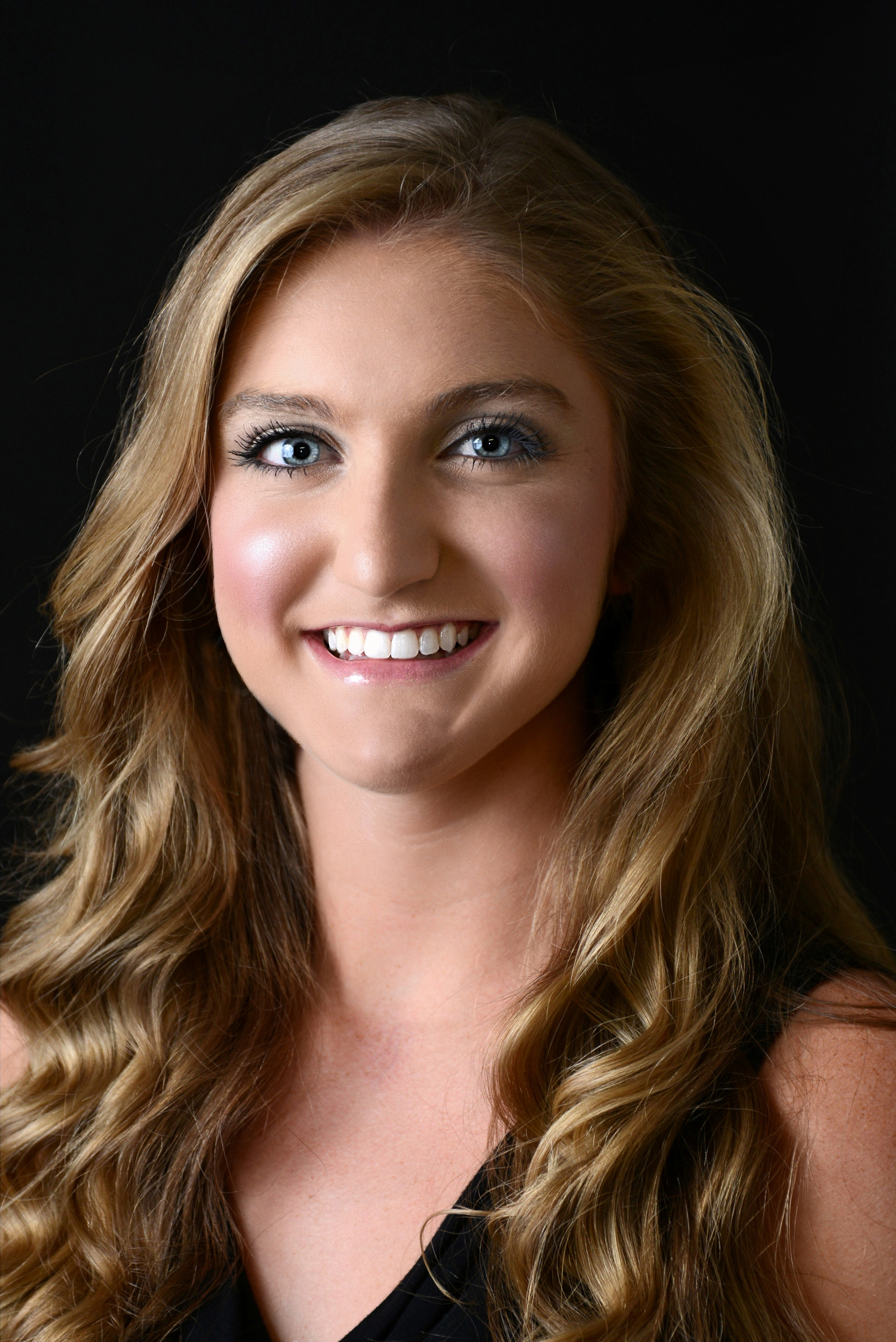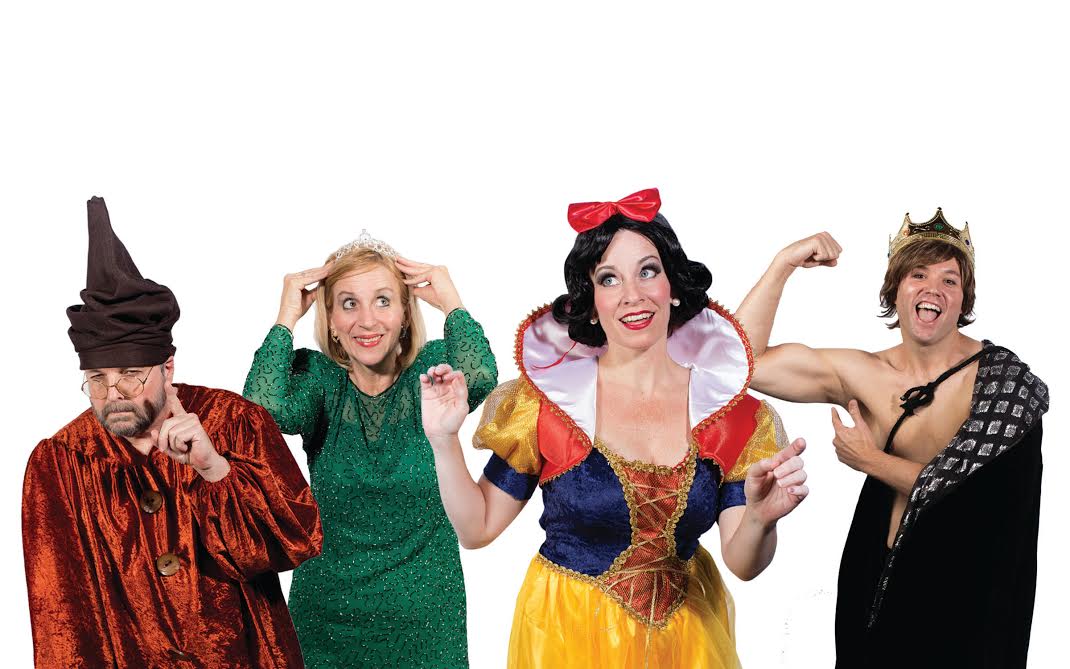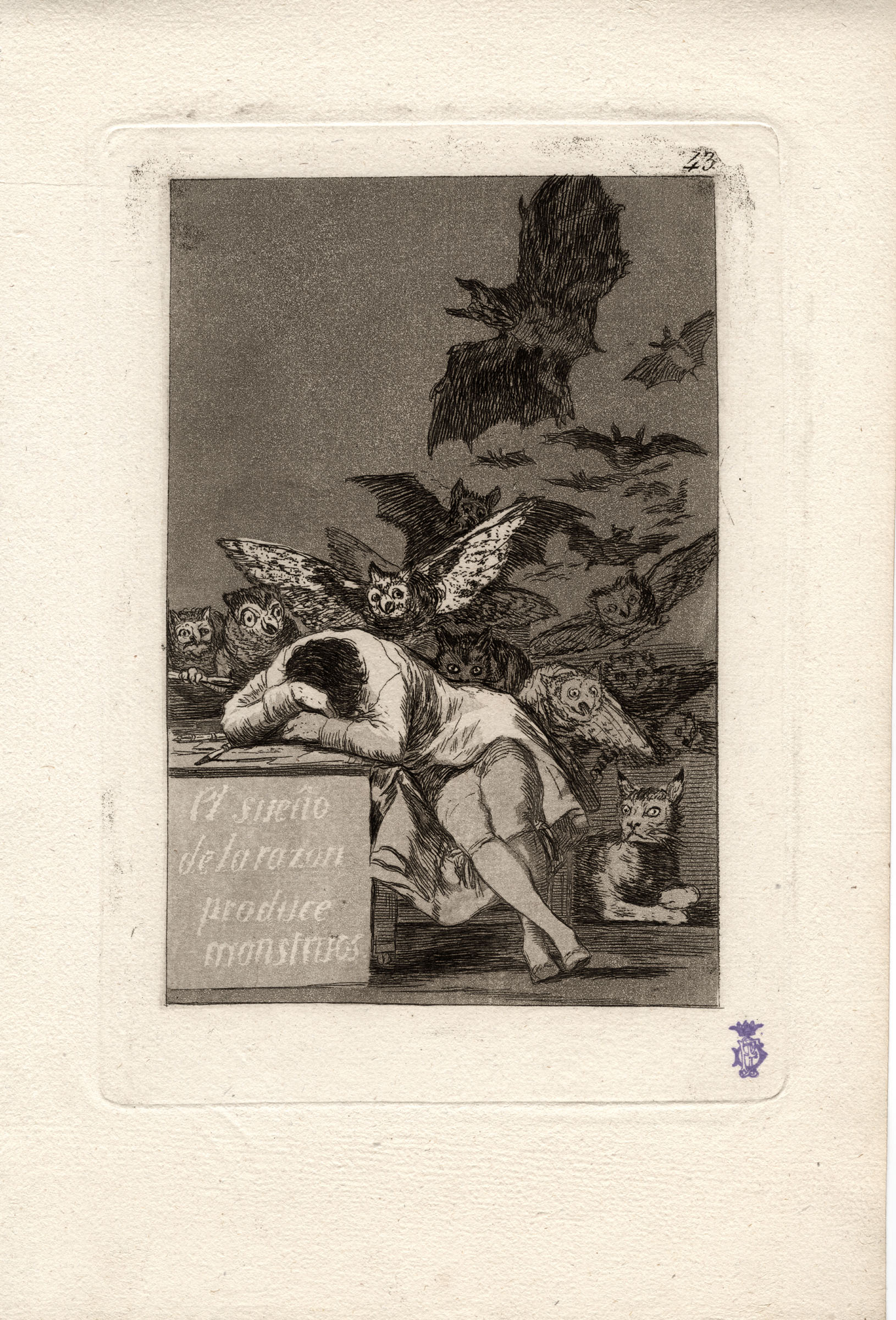Thomas said to himself: “I always wished I could be loved like that. Cosmically. Painfully, to excess. Until the day he died, (W.H.) Auden struggled to love himself. Struggled to reconcile his love of men with his devotion to God. Perhaps the only time the two ever met in harmony were in his poems.
“Maybe the act of writing was like – like an act of blood-letting. What a way to live, your heart pressed like a flaking flower between the pages, waiting for someone to translate its beats, smile down at it instead of frown, cry for it instead of against it. What a sad existence; but what exquisite passion…”
(From “Beneath My Skin,” By Zachary Wendeln.)
~~~~
Opening night for “Beneath My Skin,” written by young playwright Zachary Wendeln, is October 2, 2014, in South Bend, Indiana. Thomas is the leading character. Wendeln’s work was selected as the premiere show in the University of Notre Dame’s Fall Theatre Festival, as part of its main stage theatre series. An original student production, “Beneath My Skin” explores themes of love, loss, pain, secrecy and shame through 42 years of a man’s life as he comes to terms with his own sexuality.
The work is particularly poignant in that the story is told through the eyes of both the troubled Thomas as well as Thomas’ daughter, who finds her father’s journals and seeks to understand his pain. The thematic exploration suggests a maturity beyond Wendeln’s 21 years.
San Francisco and New York City provide the backdrop for the story which spans more than two decades and focuses on the complex, secret lives of several men during critical periods of the gay revolution. Even the music – Billie Holiday to Joan Jett — takes you back.
“The ‘60s and the ‘80s were two turning points of the LGBT (Lesbian, Gay, Bisexual, Transgender) history,” Wendeln says, referring to both the Stonewall Riots in 1969 and the AIDS crisis, which began in the early ‘80s. “I wanted to look at the attitudes and how they’ve evolved and shifted,” he says. “And how they’ve influenced where we are today as a society.”
Some have called the gay rights movement the last frontier of the civil rights movement. Whether that’s true or not remains to be seen. Today’s groundswell of support for marriage equality across the country represents yet another significant push toward full equality in this country.
This young man from the suburbs of Cleveland, Ohio, set out on a journey of his own when he started this work. And what he found, he says, as he “researched the tumultuous timeline in LGBT history during the ‘60s, ‘80s and ‘90s, was a lot more hope than I expected to find.”
Oh, the idealism of youth. Zach’s statement seemed to be the one moment where any hint of naiveté showed itself. Yes, there were those who came before, who were young once and full of passion and promise. And they fought the good fight until the next generation took its turn.
“I expected to find that queer culture and queer society wouldn’t have been as alive back then,” Wendeln says. “What I found was that people were trying to get their voices heard. And I wanted to take a look at the juxtaposition between the mainstream idea of being gay versus what it meant to be gay back then.”
Wendeln must have been born an old soul, fascinated by the way things used to be. Not because he wanted to go back there but because he had a deep appreciation for what came before him. When I met him in 2008, he was 16 years old. Or 15, I can’t remember exactly. I was crazy about him from the start.
I remember he was writing a screenplay on a 1926 Underwood typewriter. “I wrote all my assignments on that typewriter,” he says.
He had an easy way about him. Smart. Happy. Well-adjusted. The only son of parents who were fortunate enough to be able to introduce him to incredible life experiences and smart enough to ensure he earned them. Knowing his folks, I’m pretty sure he grew up in a house that treated intelligence and laughter equally.
“My parents didn’t spoil me,” he says by phone from South Bend. “I had to work hard. They taught me not to take gifts for granted, and not to be boastful.”
There is a level of self-awareness about him that surely must set him apart from his peers. Most certainly, from his peer group. For instance, his high school senior essay “The Inhumanism of Robinson Jeffers” was selected by the Robinson Jeffers Tor House Foundation for its permanent research archive. He was writing about Jeffers’ observations of self-centeredness and indifference, and he was doing so from the perspective of a tech-savvy, gadget-happy Generation Y-er.
Not the sort of kid to want or to refurbish an 88-year-old manual typewriter, much less to use one.
One has to wonder where the characteristics of his “Beneath My Skin” characters come from. Thomas seems a lot like Wendeln. A good guy. A good friend. A poetry lover. Loyal. Kind. Serious.
Every two years, the Notre Dame Theatre Department selects one or two original student plays. The students, who have studied under Anne Garcia-Romero, submit one-act plays for consideration. Wendeln’s “Beneath My Skin,” is “a very special play,” says Garcia-Romero, Assistant Professor in the Department of Film, TV and Theatre at Notre Dame. “It’s remarkably honest. I’ve seen its development from the first scene (as an assignment in her class) to the final presentation.”
A committee of three selected the piece. “We were all struck by how well-crafted it was,” she says. “It was poetic and moving. And it addressed a very important issue of our time. It was completely compelling.”
A line in the University of Notre Dame’s mission statement reads: “…God’s grace prompts human activity to assist the world in creating justice grounded in love.”
In a world constantly evolving and challenging those of us in it to make choices that could set or alter our life’s path, the selection of “Beneath My Skin” — as well as another gay-themed play “Out of Orbit” — as student productions is a courageous move. The spotlight will shine on this bastion of Catholicism. And it will be judged – rightly or wrongly. But this professor and her colleagues seek to ensure a safe zone for their students to create. And they do not waver in that commitment.
“Our departments and our Dean are all advocates for academic freedom,” Garcia-Romero continues. “These plays fall into that with themes of equality and discrimination. With struggles of coming out and who you love.
“Our department is a safe place for students to work and learn,” she says. “We protect them – above and beyond the themes of the plays. They can develop in a safe space.”
Garcia-Romero touts the University for sanctioning Prism ND , the school’s first official organization for LGBTQ students and their allies. “This is a major step,” she says. “People have been working for decades to make this happen.”
So when the curtain rises for the first time on “Beneath My Skin” this gifted young playwright won’t be concerned with public policy or social justice. He’s simply earned the right to be there … and learn.
“For a playwright, the finished product is more like a workshop production,” Wendeln says, explaining the difference between a full production and one that allows the writer to evolve with the process. “This is a learning process,” he says. “There will be minimal costumes. I will get to play a hand in auditions and casting.
“I will consult with the Director and Producer,” he continues. “The process allows the writer to write and edit new material with the feedback we receive. (The performance) is not about getting to the end. The hope is that you learn the full process.”
The play opens Thursday, October 2, and runs through Sunday October 12. The double billing includes “Out of Orbit.” For more information, check out http://performingarts.nd.edu/calendar/
Wendeln is a senior this year with a double major in English & Film, Theatre and Television. He has made Dean’s List for the Irish all five terms. He is active in campus theatre and opera groups and will direct the musical “Into the Woods,” as well as another serious play “Loyal Daughters and Sons,” vignettes regarding sexual abuse.
“Zach is a remarkably talented artist with wonderful potential in the creative arts,” Garcia-Romero says.
Wendeln grew up near Cleveland, a town known lately for welcoming LeBron James home and recruiting Johnny Manziel. Neither fact is significant to this young man. In all likelihood, after college, he will never go back there. Giving a grateful nod to the local playhouse in Aurora, Ohio, his post-graduation days will likely take him to Chicago or across the pond to London’s West End.
He spent last fall in the UK, and it is there that he feels the most at home. “Ideally, that’s where I want to end up,” he says. “There are more opportunities – the indie theatre scene for young and upcoming artists. There’s just something I love about London.”
On track to graduate in the spring of 2015, his resume reads like a theatre veteran’s and includes young writer’s awards from the University of Iowa and talent search programs from Northwestern. The list of accolades is long. The future is bright.
“Theatre is what I want to do with my life,” he says. “For a while, I was on a different track, but after my experience in London, I want to be in the theatre – writing, directing and acting.”
His game plan is anyone’s guess, but he says he’s burned out academically. “I don’t have a plan after graduation, and it’s terrifying,” he says. “For the first time I haven’t known what’s next. There was middle school, then high school and then university. This is the first time it’s felt like a transition in my life.”
Whether he ends up in Chicago, London or New York’s Broadway … I’d bet the farm we’ve not heard the last of him.
Copyright 2014 Sheryl McAlister - reprinted from Old Broad, New Trix by Sheryl McAlister.
Sheryl McAlister is a writer and PR consultant. She was Senior Vice
President and Corporate Public Relations Executive for Bank of America. And
she is a former sports writer and editor. She writes personal essays for her
blog Old Broad & New Trix: Musings of a 50-something in a digital world.
http://oldbroadnewtrix.com/

 I didn't read the novel Gone Girl. I didn't even know Gillian Flynn's 2012 novel existed until I started seeing a few random cinephile blog posts about a possible new ending she was writing to her own adapted screenplay. But then I saw David Fincher's name attached as director. I sat up straight and paid attention. This was serious weight at the helm. Then I saw Ben Affleck's name- wait...huh? Fincher-Pitt...yes. Fincher-Penn...yes. Fincher-Affleck...uh, no.
I didn't read the novel Gone Girl. I didn't even know Gillian Flynn's 2012 novel existed until I started seeing a few random cinephile blog posts about a possible new ending she was writing to her own adapted screenplay. But then I saw David Fincher's name attached as director. I sat up straight and paid attention. This was serious weight at the helm. Then I saw Ben Affleck's name- wait...huh? Fincher-Pitt...yes. Fincher-Penn...yes. Fincher-Affleck...uh, no.





